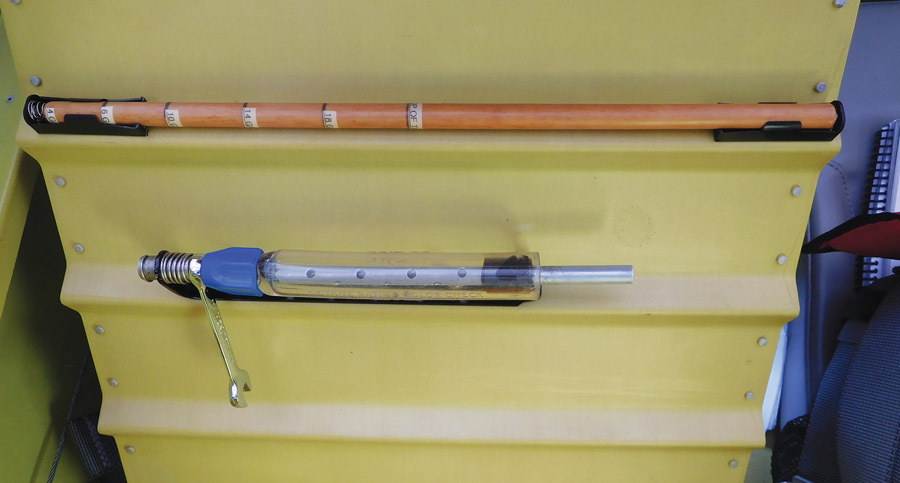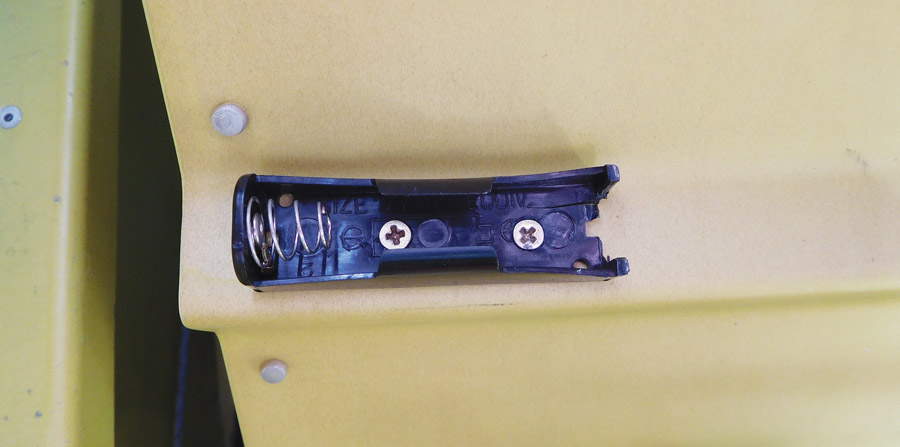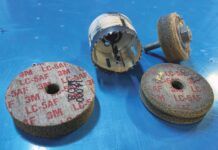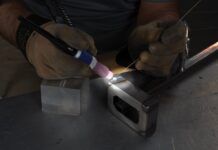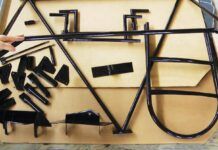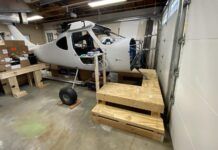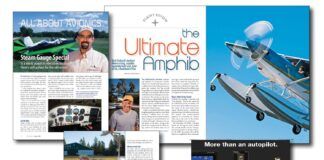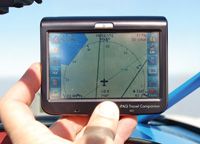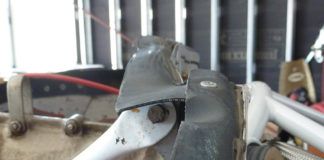The first photo shows the fuel dipstick I made in its holder, and below that is the fuel sample tester for my Van’s Aircraft RV-6A. The dipstick is a wooden dowel rod 15 inches long x 7/16 inch in diameter. It fits into a pair of modified AA plastic battery holders that I purchased from Radio Shack.
The second photo shows how one end of the battery holder is cut away, leaving the spring. The other end of the dipstick is held in place by removing the spring from another battery holder.
The mounting points for the modified battery holders allow the dipstick to be positioned inside the holders, and the spring provides enough pressure to keep the dipstick held securely.
Once the dipstick was calibrated for the fuel levels in the tank, I notched a groove around the circumference of the dowel for each quantity I wanted, then used a black Sharpie marker to highlight the groove. I applied a label and painted the entire dipstick with West Systems epoxy to provide protection so the stick would not absorb any fuel. For my plane, the markings are 4, 6, 10, 14, and 18 gallons. The 4-gallon mark shows when fuel just becomes visible in the bottom of the tank. The uppermost mark, labeled “Top of Tank,” is visible above the top of the wing when the dipstick is held straight up when dipping the fuel level.
The length for the dipstick was chosen to be just long enough so that if I were to somehow drop the stick into the fuel tank, it could not be completely lost inside the tank. A part of the stick would always be sticking out above the tank filler opening. This length also was the maximum size that would span the area across my seat back without interfering with the seat back tilt-forward feature.
The fuel sample tester and holder were purchased off the shelf. The short 3/8-inch stubby wrench is the tool I use to open the fuel cap cam tabs when checking fuel levels. It is placed around the Phillips screw point of the fuel sample tester. So it won’t flop around, I installed a short length of plastic tubing over the Phillips shaft to provide friction to the box (closed) end of the wrench.


